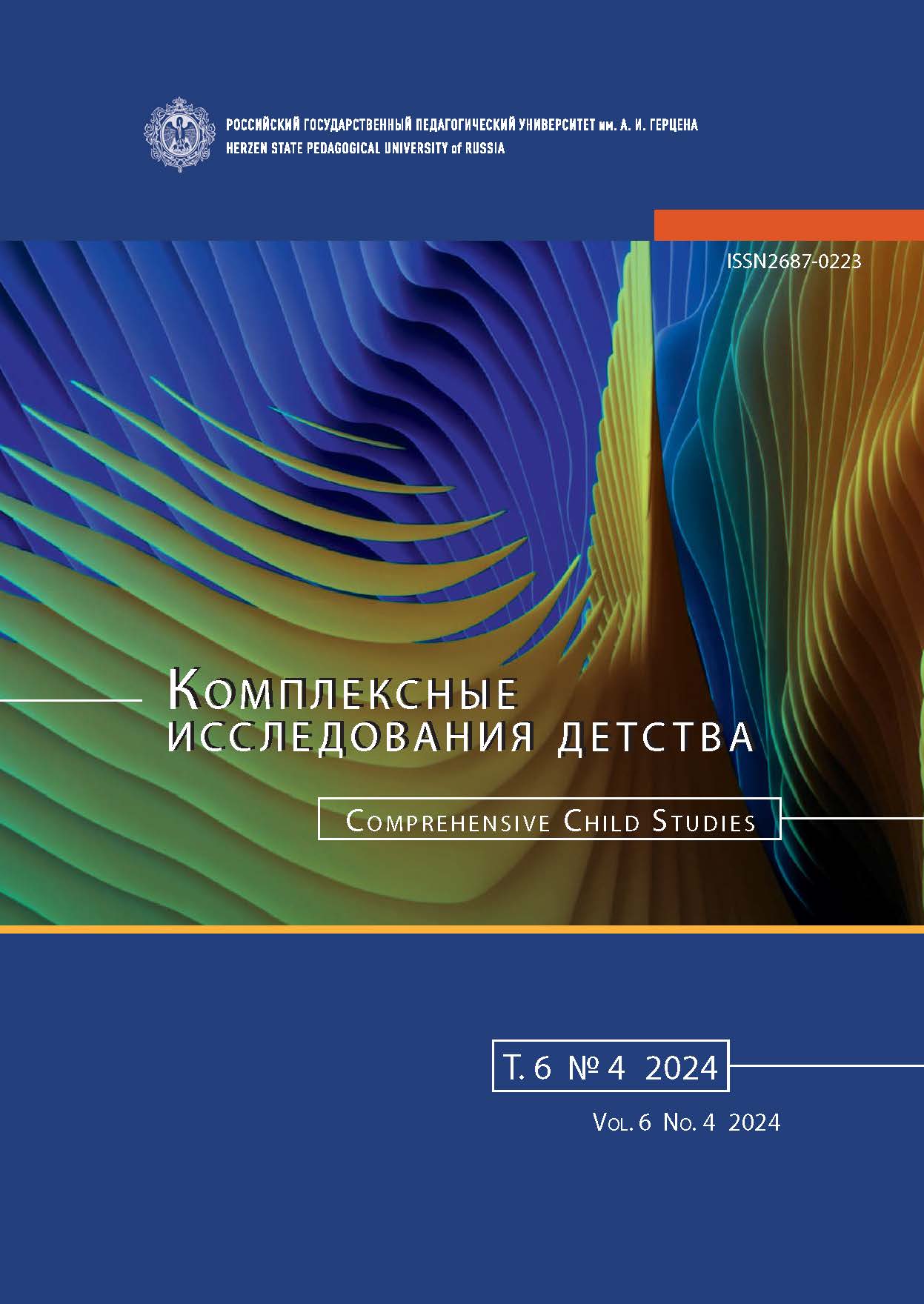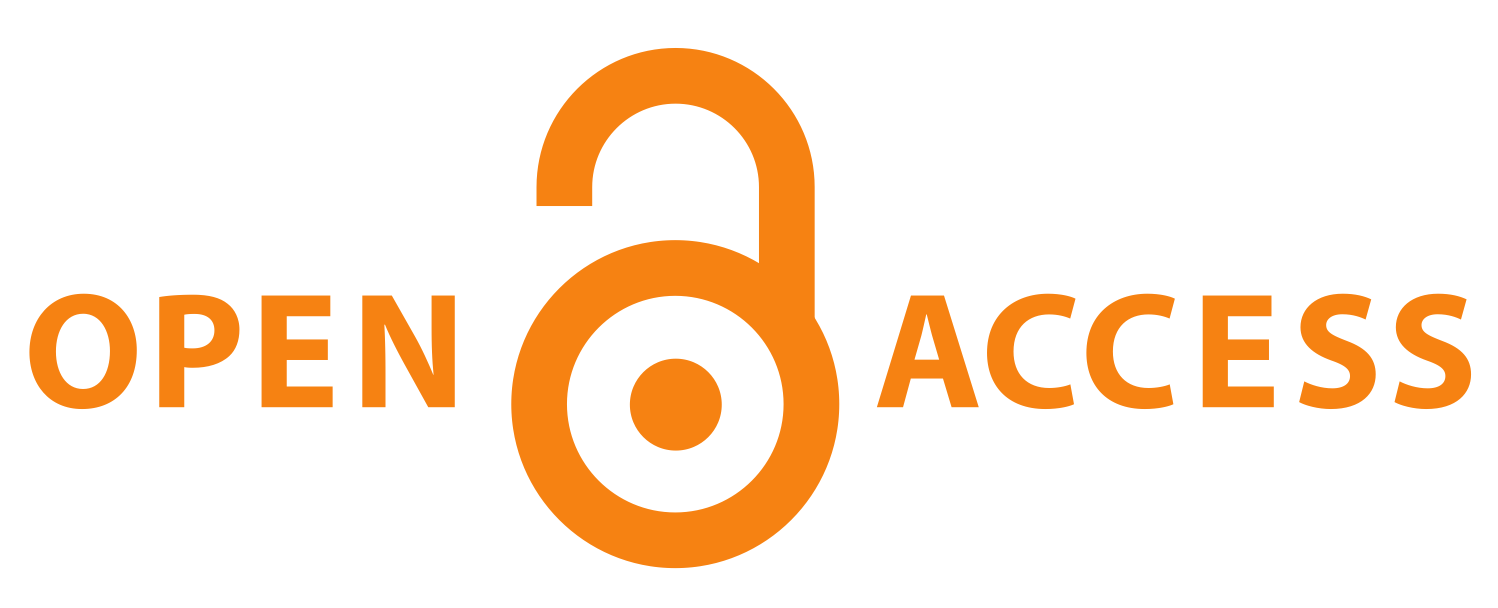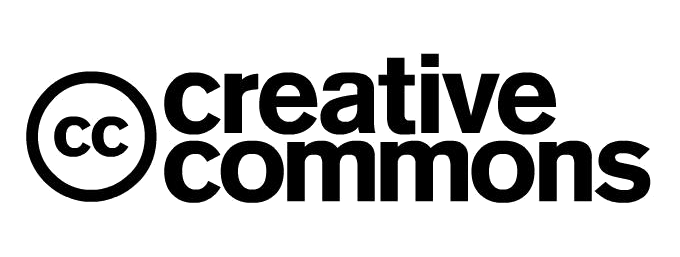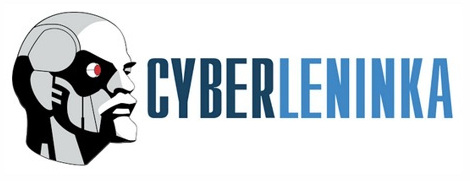The experience of organizing career guidance in higher education: The case of Novosibirsk State Pedagogical University
DOI:
https://doi.org/10.33910/2687-0223-2024-6-4-249-257Keywords:
career guidance, career choice, educational institutions, university resources, networkingAbstract
The article describes the experience of universities in assisting school students and youth in making a career choice. The author describes the need for networking among institutions of professional (universities and vocational schools) and general (secondary schools) education. It is maintained that the process of choosing a career is both continuous and reversible, while integration and networking make it possible to use the resources of third-party organizations more effectively. The article describes the state’s efforts in solving the problems of career choice in school students — specifically, a project of Russia’s Ministry of Education carried out to implement the Unified Model of Career Guidance for Students. The author presents data on the implementation of the project using an integrated approach in Novosibirsk Region. The author carries out a theoretical review of the problem using scholarly literature and describes the fundamental approach to the problems of career choice in children and young people. The author maintains that career choices affect both the quality of life of an individual and the development of society and the state as a whole. The author argues that career guidance is becoming increasingly relevant in the context of job market transformations and the emergence of new professions, which gives rise to new approaches in career guidance.
The article contains an analytical review of career guidance resources available at Novosibirsk State Pedagogical University, which has extensive facilities and equipment. The author provides examples of the effective use of the university’s resources, describes the forms and methods of career guidance, and gives examples of specific events. The practices presented in the article can be scaled up and facilitate networking in order to ensure effective career guidance at different levels of education.
References
ИСТОЧНИКИ
Единая модель профориентации. (2021) [Электронный ресурс]. URL: https://bvbinfo.ru/profminimum/ (дата обращения 18.10.2024).
Новосибирский государственный педагогический университет. (2024) [Электронный ресурс]. URL: https://nspu.ru/ (дата обращения 25.10.2024).
ЛИТЕРАТУРА
Сахарова, В. И. (2022) Научная школа Светланы Николаевны Чистяковой. Посвящается памяти С. Н. Чистяковой. Профессиональное образование в России и за рубежом, № 1 (45), с. 175–188. https://doi.org//10.54509/22203036_2022_1_175
Чистякова, С. Н. (2018) Актуальность проблемы профессионального самоопределения обучающихся в современных условиях. Профессиональное образование и рынок труда, № 1, с. 54–60.
Fitzgerald, А. (2020) Professional identity: A concept analysis. Nursing Forum, vol. 55, no. 3, pp. 447–472. https://doi.org/10.1111/nuf.12450
Reissner, S., Armitage-Chan, E. (2024) Manifestations of professional identity work: An integrative review of research in professional identity formation. Studies in Higher Education, vol. 49, no. 12, pp. 2707–2722. https://doi.org/10.1080/03075079.2024.2322093
Toubassi, D., Schenker, C., Roberts, M., Forte, M. (2023) Professional identity formation: Linking meaning to well-being. Advances in Health Sciences Education, vol. 28, no. 1, pp. 305–318. https://doi.org/10.1007/s10459-022-10146-2
Trede, F., Macklin, R., Bridges, D. (2011) Professional identity development: A review of the higher education literature. Studies in Higher Education, vol. 7, no. 3, pp. 365–384. https://doi.org/10.1080/03075079.2010.521237
SOURCES
Edinaya model’ proforientatsii [Unified model of career guidance]. (2021) [Online]. URL: https://bvbinfo.ru/profminimum/ (accessed 18.10.2024). (In Russian)
Novosibirskij gosudarstvennyj pedagogicheskij universitet [Novosibirsk State Pedagogical University]. (2024) [Online]. URL: https://nspu.ru/ (accessed 25.10.2024). (In Russian)
REFERENCES
Chistyakova, S. N. (2018) Aktual’nost’ problemy professional’nogo samoopredeleniya obuchayushchikhsya v sovremennykh usloviyakh [The relevance of the problem of professional self-determination of students in modern conditions]. Professional’noe obrazovanie i rynok truda — Vocational Education and Labor Market, no. 1, pp. 54–60. (In Russian)
Fitzgerald, А. (2020) Professional identity: A concept analysis. Nursing Forum, vol. 55, no. 3, pp. 447–472. https://doi.org/10.1111/nuf.12450 (In English)
Reissner, S., Armitage-Chan, E. (2024) Manifestations of professional identity work: An integrative review of research in professional identity formation. Studies in Higher Education, vol. 49, no. 12, pp. 2707–2722. https://doi.org/10.1080/03075079.2024.2322093 (In English)
Sakharova, V. I. (2022) Nauchnaya shkola Svetlany Nikolaevny Chistyakovoj. Posvyashchaetsya pamyati S. N. Chistyakovoj [Research School of Svetlana Nikolaevna Chistyakova. Dedicated to the memory of S. N. Chistyakova]. Professional’noe obrazovanie v Rossii i za rubezhom — Professional Education in Russia and Abroad, no. 1 (45), pp. 175–188. https://doi.org//10.54509/22203036_2022_1_175 (In Russian)
Toubassi, D., Schenker, C., Roberts, M., Forte, M. (2023). Professional identity formation: Linking meaning to well-being. Advances in health sciences education, vol. 28, no. 1, pp. 305–318. https://doi.org/10.1007/s10459-022-10146-2 (In English)
Trede, F., Macklin, R., Bridges, D. (2011). Professional identity development: A review of the higher education literature. Studies in Higher Education, vol. 37, no. 3, pp. 365–384. https://doi.org/10.1080/03075079.2010.521237 (In English)
Downloads
Published
Issue
Section
License
Copyright (c) 2025 Alexandra T. Chernykh

This work is licensed under a Creative Commons Attribution-NonCommercial 4.0 International License.
The work is provided under the terms of the Public Offer and of Creative Commons public license Creative Commons Attribution 4.0 International (CC BY 4.0).
This license permits an unlimited number of users to copy and redistribute the material in any medium or format, and to remix, transform, and build upon the material for any purpose, including commercial use.
This license retains copyright for the authors but allows others to freely distribute, use, and adapt the work, on the mandatory condition that appropriate credit is given. Users must provide a correct link to the original publication in our journal, cite the authors' names, and indicate if any changes were made.
Copyright remains with the authors. The CC BY 4.0 license does not transfer rights to third parties but rather grants users prior permission for use, provided the attribution condition is met. Any use of the work will be governed by the terms of this license.







